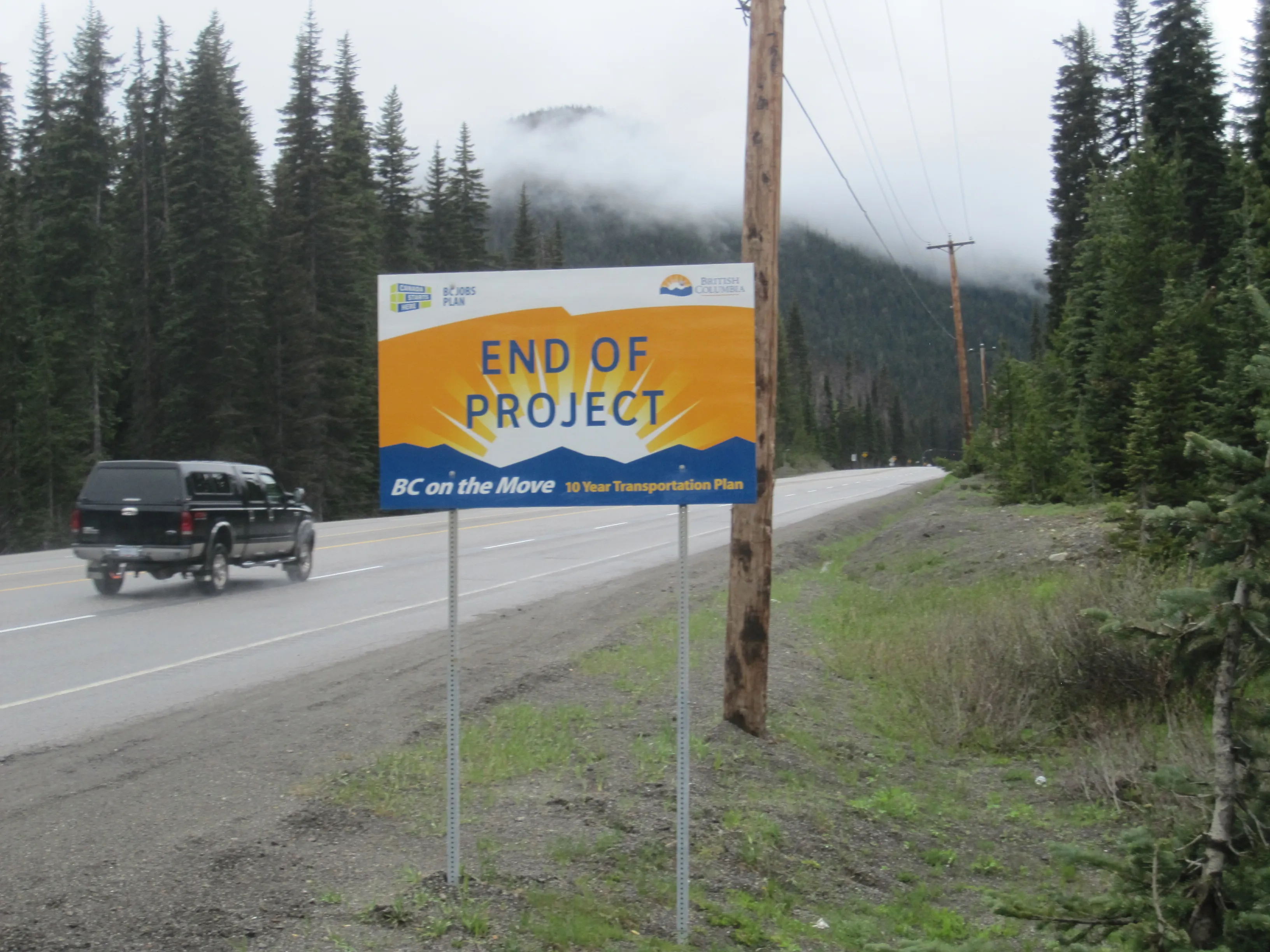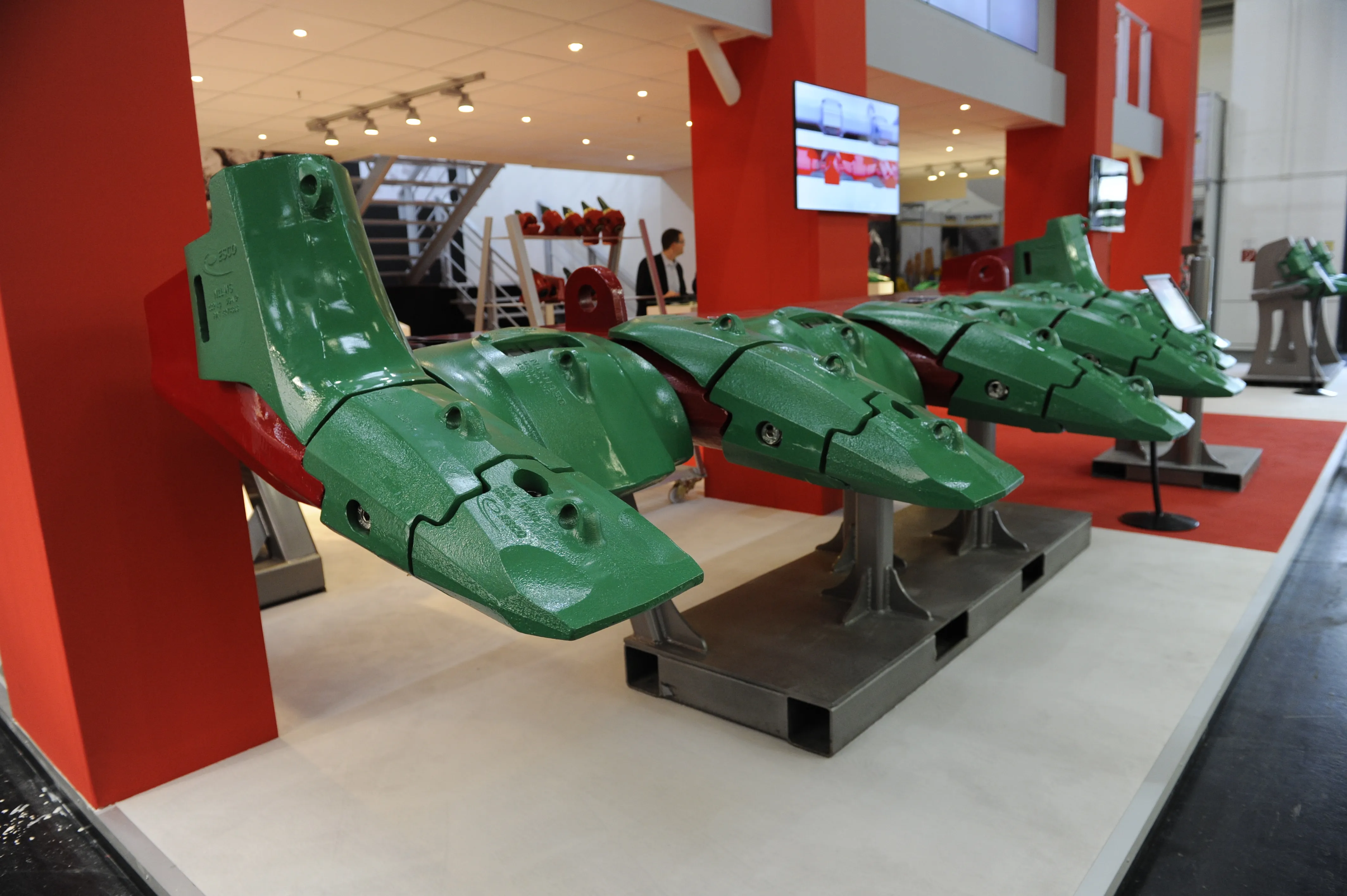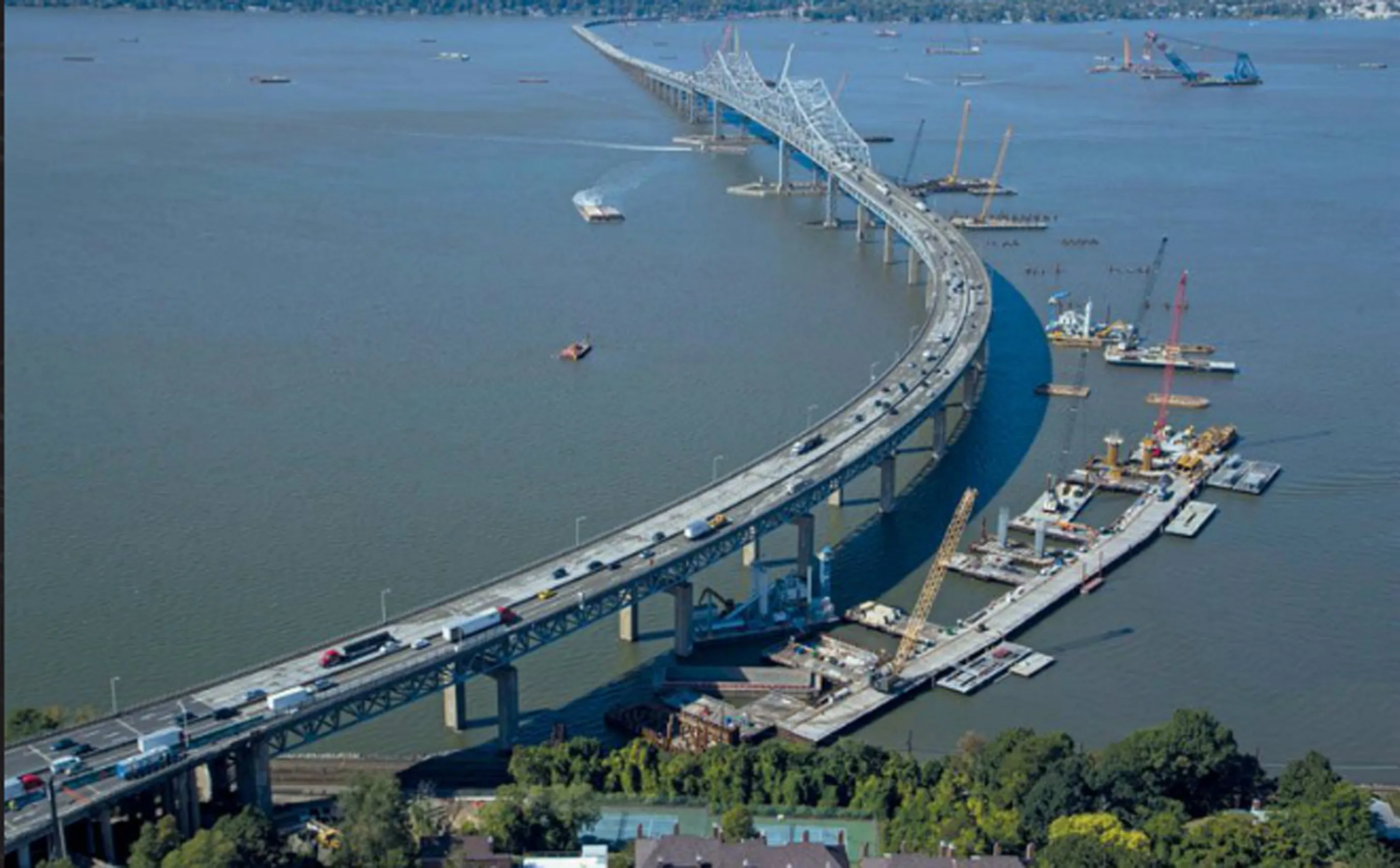
However, the latest data – analysed by the
Growth in inland infrastructure investment in Australasia compensated for the reduction in spending per GDP in Central and Eastern Europe, keeping the OECD overall level stable.
The volume of inland transport infrastructure spending in Central and Eastern European Countries decreased 16% in 2016 compared to 2015.
The Russian Federation shows signs of recovery in inland transport infrastructure investment. Spending per GDP grew slightly to 1.1% while the spending volume has increased by 18% since 2015.
For more than three-quarters of Western European countries, inland transport infrastructure spending declined between 2015-16. However, higher spending in the UK and Germany helped keep the regional average stable.
Central and Eastern Europe continued to spend more on road infrastructure and less on railways.
The share of road infrastructure maintenance spending continued to decline in 2016 for North America - down 4.5% - and Australasia, dipping 3.6% since the 2014 peak.
The share of public road maintenance within total road infrastructure spending for OECD countries has been a steady 30% on average in the past 15 years. North America has been slightly above the OECD with a 32% share of public road maintenance spending on average but rising to 36% in 2014. In fact, most countries experienced a peak in share of road maintenance spending in 2014. The share of road maintenance for North America decreased 4.5% points from 2014-16, which is the sharpest decline among the regions. Western European countries remain relatively stable apart from small peaks in the early to mid-2000 with the region averaging a 35% share of maintenance spending over the past 15 years.
Meanwhile, Central and East European countries had the same average share of road maintenance for 2002-16 as the OECD, at 30%. But the region has more pronounced changes in maintenance spending. The highest shares of road maintenance spending for the region was in the 2000s - 37% in 2001 and 2006.
However, the region has not surpassed 30% since the financial crisis and was at 27% in 2016. Australasia – Australia and New Zealand - has consistently spent the smallest share on road infrastructure maintenance, with an average of 16% over the past 15 years. Between its peak in 2014 (20%) and 2016, Australasia’s share of maintenance spending decreased 3.6%. However, strong growth in investment in both countries over the past decade has somewhat hidden the growth in road maintenance in New Zealand, which increased nearly 30% since 2002.
More information on %$Linker:







